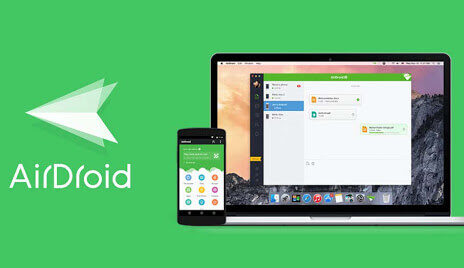Developing Android native mobile apps comes with its own set of challenges, but understanding and addressing these hurdles can lead to successful outcomes. In this blog, we’ll explore common challenges in Android native mobile app development and provide actionable solutions and insights to overcome them.
Challenge 1: Fragmentation of Android Devices
Solution: Embrace Fragmentation with Compatibility Testing
Android devices vary widely in screen sizes, resolutions, and hardware capabilities. To ensure your app works seamlessly across devices, conduct rigorous compatibility testing. Utilize tools like Android Virtual Device Manager and real-device testing to identify and resolve compatibility issues early in the development process.
Challenge 2: Performance Optimization
Solution: Implement Best Practices for Performance
Optimize app performance by following Android best practices. Utilize efficient coding practices, leverage Android Performance Profiler to identify bottlenecks, and optimize resource-intensive operations. Implement caching mechanisms, use background tasks wisely, and minimize network calls to enhance app responsiveness and user experience.
Challenge 3: Security Concerns
Solution: Prioritize Security from Day One
Security is paramount in Android app development. Adopt secure coding practices, encrypt sensitive data, and implement secure authentication mechanisms. Regularly update dependencies and libraries to patch vulnerabilities. Conduct penetration testing and code reviews to identify and mitigate potential security threats before deployment.
Challenge 4: UI/UX Design Consistency
Solution: Follow Material Design Guidelines
Maintain consistent UI/UX across different Android versions and devices by adhering to Material Design principles. Use Android Jetpack components and libraries to create responsive layouts that adapt to various screen sizes. Conduct usability testing to ensure intuitive navigation and accessibility compliance for all users.
Challenge 5: Continuous Integration and Deployment (CI/CD)
Solution: Implement Automated CI/CD Pipelines
Streamline app deployment and updates with automated CI/CD pipelines. Use tools like Jenkins, Bitrise, or GitLab CI/CD to automate build, test, and deployment processes. Continuous integration ensures code quality, while continuous deployment accelerates time-to-market and facilitates rapid iteration based on user feedback.
Challenge 6: Limited Resources and Budget Constraints
Solution: Prioritize Features and Agile Development
Prioritize essential features based on user needs and market research to maximize limited resources and budget. Adopt Agile development methodologies like Scrum or Kanban to incrementally deliver value while maintaining flexibility to adapt to changing requirements. Leverage open-source libraries and frameworks to reduce development costs without compromising quality.
Insight: Collaboration and Knowledge Sharing
Successful Android native mobile app development requires collaboration among developers, designers, QA engineers, and stakeholders. Foster a culture of knowledge sharing, encourage regular communication, and leverage feedback loops to continuously improve the app’s quality and user satisfaction.
Conclusion
By proactively addressing challenges and implementing effective solutions, Android native app developers can create robust, high-performance applications that resonate with users. Embrace compatibility testing, prioritize security, adhere to design guidelines, automate deployment, manage resources efficiently, and foster collaboration to overcome challenges and achieve success in Android native mobile app development.




